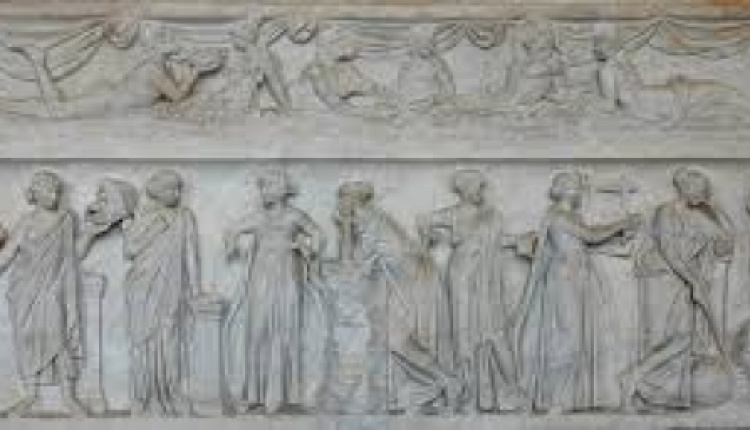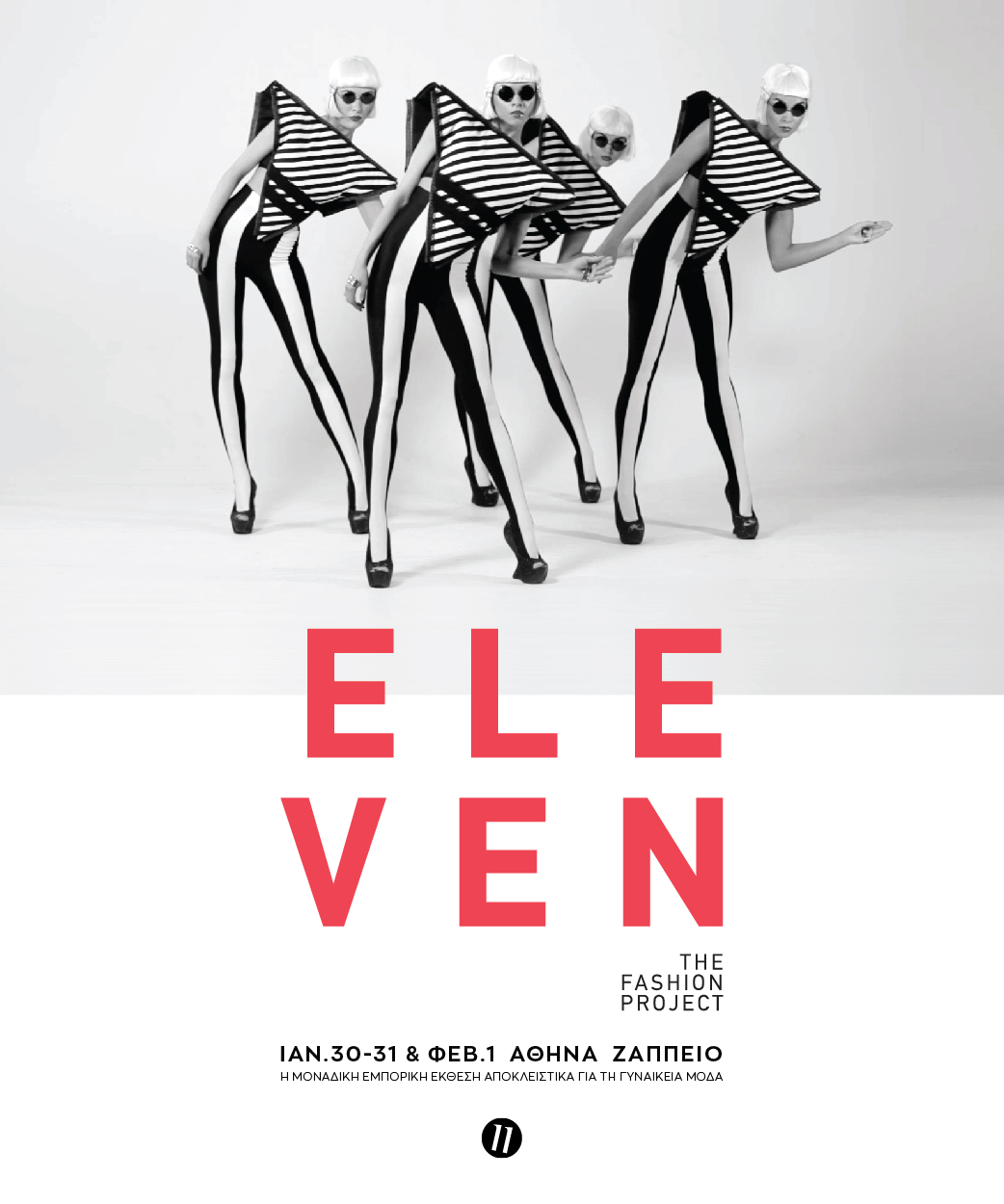The Muses Of Greek Mythology
- by XpatAthens
- Thursday, 11 February 2016

According to Greek Mythology, artists have a Muse who whispers inspiration into their ears. Without the Muse, the artist wouldn’t be able to create. The Muse is said to help writers, musicians, painters, sculptors, and other creative people. Without the Muse, inspiration wouldn’t exist.
Today, “Muse” is simply a synonym for the word “inspiration”. To the Ancient Greeks, however, it was more than that. In Greek mythology, the 9 Muses were the goddesses of the arts, sciences, and literature.
The Origin Of The Muses
The 9 Muses were the daughters of Zeus, the King of the Gods, and Mnemosyne, the Titan goddess of memory. Zeus tricked Mnemosyne by disguising himself as a shepherd. In one version, they lay together for nine nights. Each night, a different Muse was conceived. In some versions, there were only three Muses.In this instance, Mnemosyne and Zeus were together only three nights. According to the poetry of Sappho, there was a tenth Muse. Historians argue as to why there was such a variation in the number of Muses.


